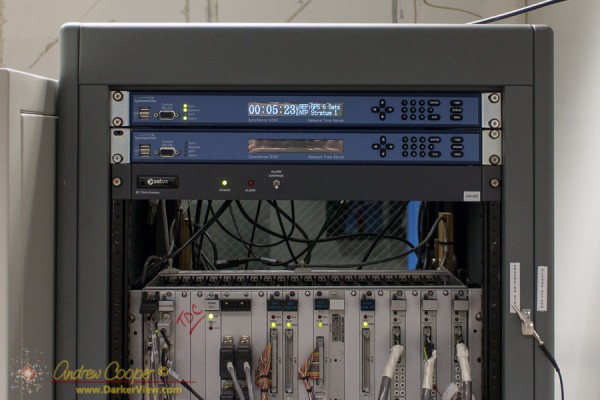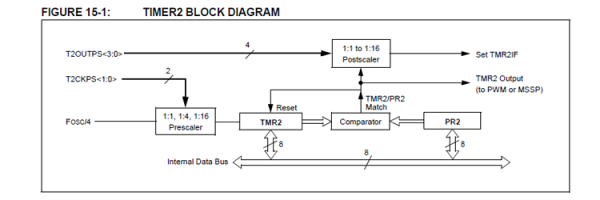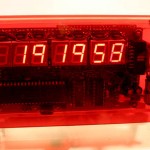As I teenager I taught myself digital electronics. Working from the classic books of the day, mostly the TTL Cookbook, I built a succession of projects. Among these was my first clock. Unlike other projects, this clock was a kit from Jameco Electronics. It actually had a printed circuit board, a wooden case, and a red acrylic face. Not only did I get to solder a real circuit board for the first time, I learned every gate and flip-flop in the circuit. When I finished I knew how it worked.
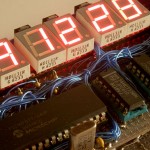
On Monday this week a teenage high school student was arrested and interrogated by police for bringing a digital clock of his own construction to school. Like any young budding engineer Ahmed Mohamed wanted to show off his creation. Unfortunately the closed minds of MacArthur High School in Irvine Texas only saw a Muslim student with a possible bomb. It is clear someone has been watching way too much Fox News.
The most poignant part to me is Ahmed being led out of the school in handcuffs wearing a NASA t-shirt. In those photos I saw myself, a nerd in High School, doing the same things, starting on a road that would eventually lead me to an engineering job on the world’s most powerful telescopes.
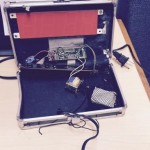
Cool clock, Ahmed. Want to bring it to the White House? We should inspire more kids like you to like science. It’s what makes America great. – Tweet by President Barack Obama
It is gratifying to see that the message of many of these comments is that a young person building an electronic project is something to be celebrated, not feared. We should be encouraging students to experiment, to build, to learn. True engineers start this way, exploring technology for themselves, the experience gained can not be taught in a classroom. In my career I have met and worked closely with dozens of engineers, I can tell which ones were tinkerers and makers before they started college, who build and create for the sheer joy of it.
Ahmed is not sure if he will return to school immediately and the family is consulting with attorneys. Police are currently holding the clock as evidence. Thirty years later I still have my first clock.

